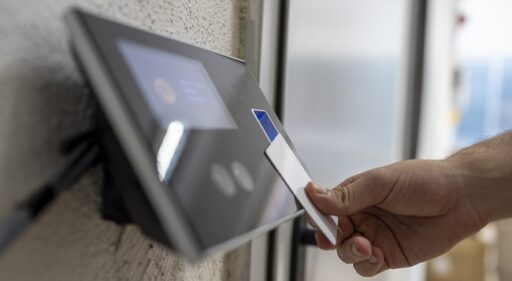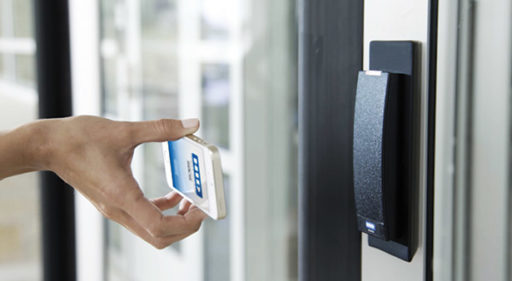 Updating to a modern access control system helps ensure your club’s or business’s security and makes it easy to manage member access. Your access control system also helps keep customers and members out of employee-only areas. It also ensures employees have the access they need.
Updating to a modern access control system helps ensure your club’s or business’s security and makes it easy to manage member access. Your access control system also helps keep customers and members out of employee-only areas. It also ensures employees have the access they need.
Employees need to know more than how to use the system to access their jobs. They may also need to understand:
- How to assist members who might be struggling with the system
- How to update member access as needed.
What Do Your Employees Need to Know About Your Access Control System?
Most access control systems fall into two categories: card-based or mobile access systems. You may also have a mobile access control system that also allows for the use of cards (especially if not all of your members like to use smartphones).
If you are using a card-based system, employees will be issued a card at onboarding. Employees need to have their card or phone with them to use the system. Because your staff can remotely program cards, you can revoke access easily if you need to fire somebody quickly. You can also update access and track employees when they clock in and out.
Employees should also be using their card or mobile app to log in to IT systems. Typically, this just means they need the card within range of the reader when they log in. If they lose their card, they need to tell IT right away so the old card can be wiped and a new one issued. (If they later find the card, the protocol should be to turn it back in so it can be reused.) They also need to know what the protocols are for if they leave their card at home.
How Should You Train Your Employees?
Onboarding staff or training managers should introduce new employees to the card reader system on their first day. Different reader systems have different effective ranges. As a result, employees need to know whether they will need to take their cards out to swipe them.
Employees should be cautioned not to let any individual follow them into card-protected areas if possible. They should not, of course, put themselves in danger if somebody is determined to get in but should raise the alarm in those circumstances.
Facility Tours
Employees should be given a tour of the premises so they know which access points are available to the general public, members, and employees. Employees tasked with overseeing the access system should be particularly made aware of when and whether non-members are allowed access. For example, if the main gate is open from 9 a.m. to 5 p.m., employees should be aware that the general public has access during those hours.
How-To Overviews of Your Access Control System’s Operations
Employees should also get a basic overview of how the system works. This is crucial for public-facing employees who may need to explain it to new members or help members who have lost their cards. Public-facing employees also need to know how to download any mobile app and how to help others do the same. Remember that not everyone is going to be happy with being handed instructions. At the same time, other new members might prefer to be left alone to figure it out.
Emergency Preparedness
All employees should know what to do if the system malfunctions and when the system will fail open or fail closed. Systems should always fail open from the inside and closed from the outside; this ensures evacuation is always possible.
Using your access control system effectively means that your employees need to understand how your system works. Whether you are using mobile access control, smart card access control systems, or some combination of both, they need a thorough overview. Card Lock can help you train your employees and members on how to use your new system. Contact us to find out what we can do for your club and to get a quote.



